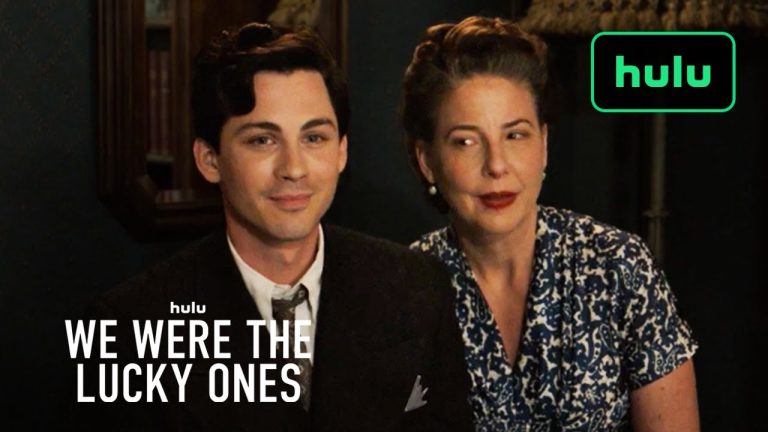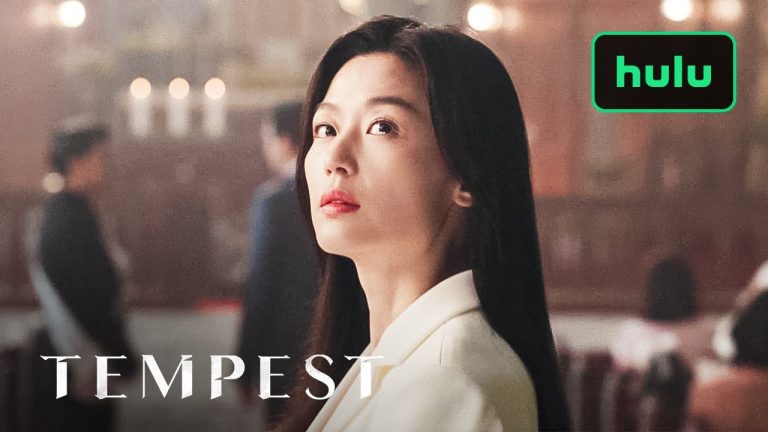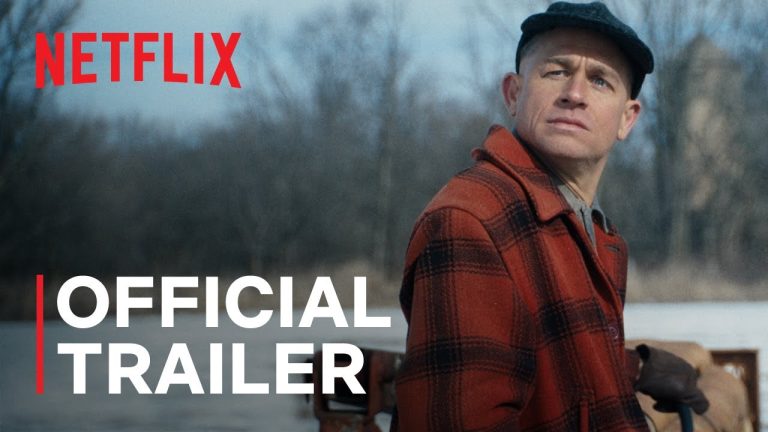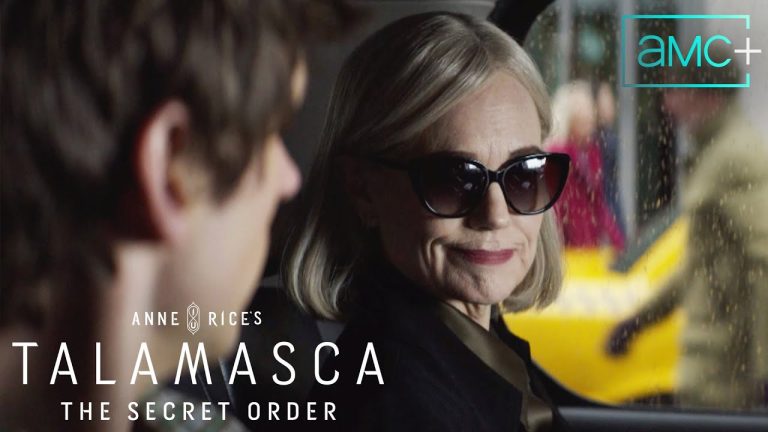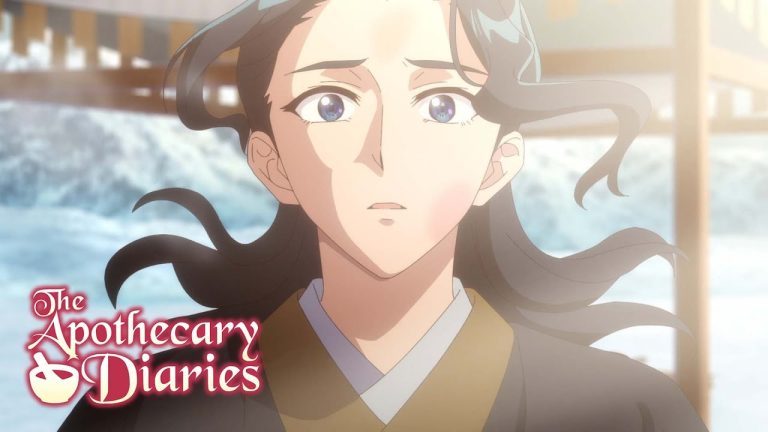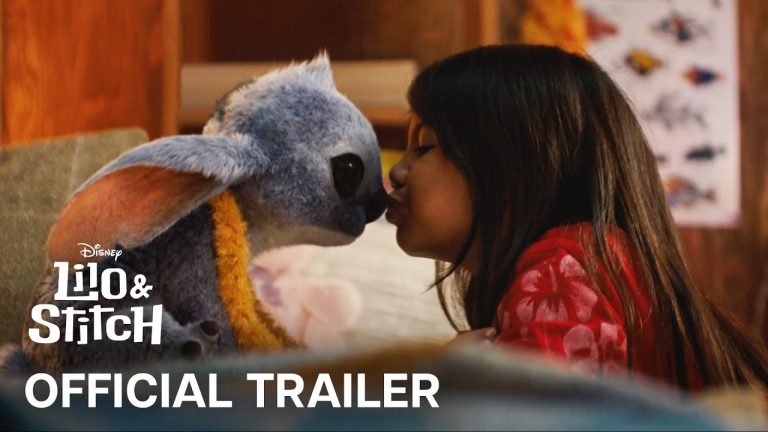The Blair Witch Project at 26: How a $60K Horror Film Changed Hollywood

It terrified audiences, shattered box office expectations, and rewrote the rules of film marketing. On its 26th anniversary, The Blair Witch Project remains a genre-defining legend.
When The Blair Witch Project hit theaters nationwide on July 30, 1999, few predicted the cultural earthquake it would unleash. Directed by Daniel Myrick and Eduardo Sánchez and distributed by Artisan Entertainment, the film turned a microbudget of just $60,000 into a nearly $250 million global box office haul, redefining what was possible for independent cinema.
What set the film apart wasn’t just its terrifying found-footage style, it was its groundbreaking digital marketing campaign. Long before YouTube or TikTok, The Blair Witch Project built a mythology online. Fake missing person flyers, message boards, and the immersive blairwitch.com convinced audiences they were watching real recovered footage. The site racked up 75 million hits in a single week, making the film an early viral sensation.
Set in the fictional town of Burkittsville, Maryland, the film followed three student filmmakers who vanish in the Black Hills Forest while investigating a local legend. Their footage, later “discovered,” forms the basis of the film. The stripped-down horror, no music, no jump scares, no gore, amplified its realism, leaving audiences deeply unsettled.
The film’s financial success stunned Hollywood. With a final cost under $750,000 after post-production and marketing, it grossed $140.5 million in the U.S. alone. It also earned the 1999 Independent Spirit Award for Best Film Under $300,000, further cementing its indie credibility.
Its legacy still looms large. The found-footage genre exploded in its wake, inspiring hits like Paranormal Activity and REC. Filmmakers and marketers alike point to its viral success as a turning point in digital-era promotion, setting a precedent for how low-budget films could become global phenomena.
Interest in the Blair Witch universe continues. In April 2024, Lionsgate and Blumhouse announced a “reimagining” of the franchise, proving that the mythology, like the witch herself, refuses to stay buried. This makes the anniversary of the original film’s release all the more timely and culturally relevant.
Even 26 years later, people still ask: Was it real? That question, and the carefully constructed mystery around it, is why The Blair Witch Project remains an iconic benchmark in horror and marketing alike.

